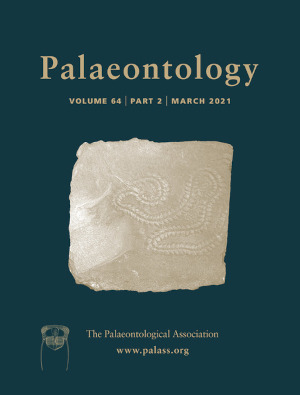Reg. Charity No. 1168330

Taxonomic identification of fossils is fundamental to a wide range of geological and biological disciplines. Many fossil groups are identified based on expert judgement, which requires extensive experience and is not always available for the specific taxonomic group at hand. Nerineoideans, a group of extinct gastropods that formed a major component of Mesozoic shallow marine environments, have distinctive internal spiral folds that form the basis for their classification at the genus level. However, their identification is often inconsistent because it is based on a set of selected characters reliant upon individual interpretation. This study shows a non‐destructive and quantitative method for their identification using micro‐CT and geometric morphometrics. We examined and micro‐CT‐scanned nerineoidean specimens from five main families that dominated Europe, Arabia and Africa during the Middle–Late Jurassic. Optimal longitudinal slices were selected from the tomographic reconstructions or from images of polished cross‐sections compiled from fossil collections, published work and online databases. Internal whorl outlines were represented by 30 evenly distributed sliding semilandmarks and shape variations were studied using the Procrustes‐based geometric morphometrics method. Multivariate analysis shows that Ceritellidae and Ptygmatididae are distinct families, whereas Nerinellidae, Eunerineidae and Nerineidae fall within the same shape variance and cannot be distinguished based on internal whorl outlines. The suggested method can be applied to images from various sources as well as to poorly preserved specimens. Our case study demonstrates the importance of quantitatively re‐evaluating taxonomy in the fossil record, promoting the future utility of large datasets.